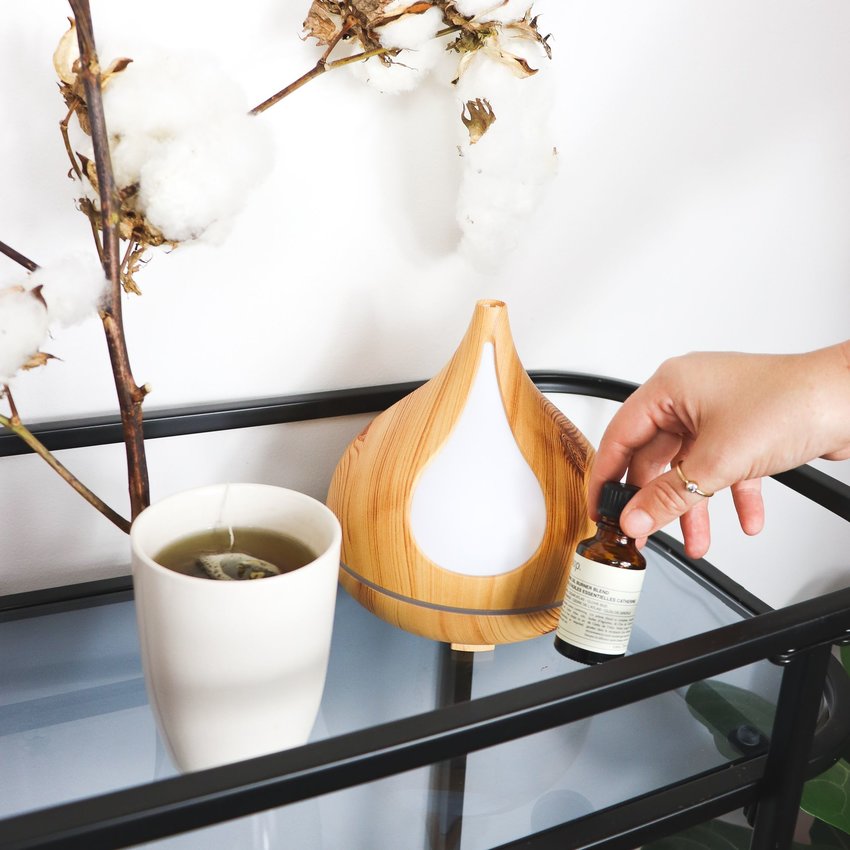Essential oils have been used around the world for centuries, and they're an easy way to bring the scents of the world into your home during a time where you can't go outside or travel as much as you might like.
Before trying any essential oils, you'll want to do some background reading, such as this article from Johns Hopkins Medicine, to see if using essential oils is suitable for you and your family. Healthline also has a number of helpful articles specific to particular essential oils, such as this one about ylang ylang, and this one about peppermint. In short, the health benefits of essential oils are inconclusive, but they're still a great way to make your home smell nice.
You'll want to ensure that you choose a pure oil, with no additives. Look to the likes of Plant Therapy, Young Living and doTERRA, all of which offer 100% unadulterated oils, with no synthetics added.
Regardless, essential oils should never be ingested. Instead, you’ll need a diffuser to use them to best effect. Shane Roberts, executive editor of The Discoverer, has owned Virtuvi’s beautiful take on the ultrasonic oil diffuser for several years now. It’s easy to operate and clean and comes in four matte ceramic colorways with an optional light. Their oils are also a great place to start your collection. Simply fill with the required amount of water, add the essential oil as instructed, and away you go.
Reed diffusers can also be used with a blend of essential oils. They can be expensive, but it’s also possible to make one yourself – try this handy guide if you want to give it a go.
If you plan to use essential oils in the bath, always use a carrier oil to dilute the essential oil; this is vital so that the concentrated oil doesn’t come into contact with your skin. Blend five drops of essential oil with a tablespoon of jojoba, grapeseed or almond oil. Do a patch test first, and never use on broken skin. Add the oil after you have run the bath so that the tub doesn’t get too slippery and the impact of the oil’s aroma isn’t lost before you get in.
Here‘s what you need to know about some of the most popular essential oils and where they’re from.
Lavender
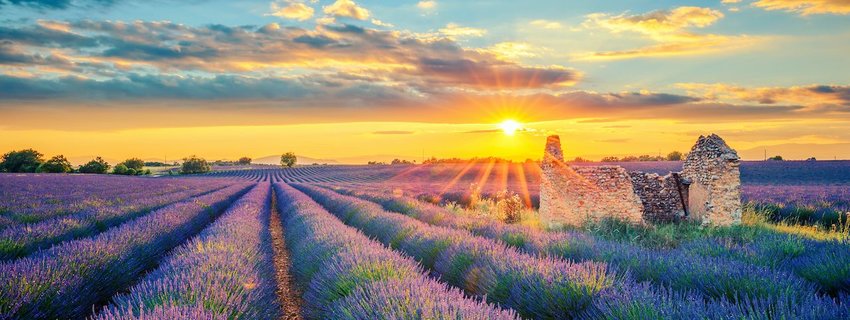
Suggested for: anxiety and fatigue
Lavender essential oil is distilled from the variety Lavandula angustifolia, commonly known as English lavender or spike oil lavender. These dense evergreen shrubs bloom in mid to late summer and their fragrant purple flowers add a vivid pop of colour to many gardens. The plant is also grown on a commercial scale, particularly in the south of France and across the Mediterranean region.
Peppermint
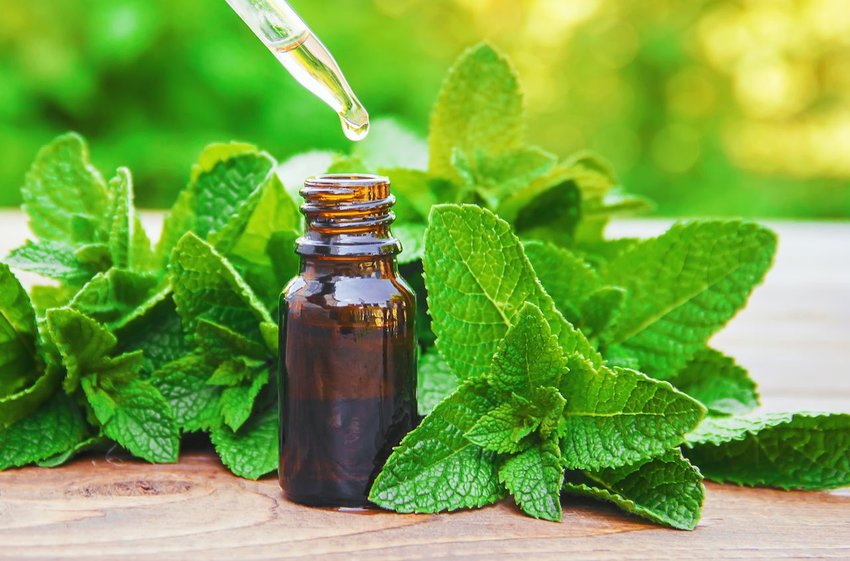
Suggested for: digestive issues and headaches
Peppermint, a hybrid of spearmint and water mint, was originally found in the Mediterranean and Middle East. It even gets a mention in Greek mythology: the nymph Minthe tried to seduce Hades, causing the enraged Queen Persephone to turn her into a mint plant. These days the fast-growing herb is cultivated throughout North America, Europe and Japan. It has distinctive leaves with a serrated edge and when it flowers, the blooms are pink and mauve. A process of steam distilling its leaves, fresh or dried, creates the essential oil.
Patchouli
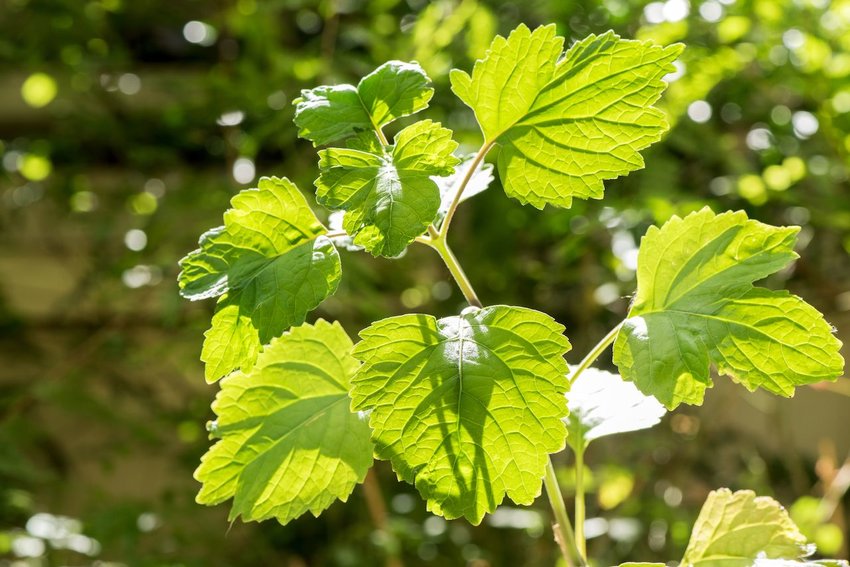
Suggested for: skin conditions and stress
Patchouli, botanical name Pogostemon cablin, is native to Asia. It’s cultivated in countries such as China, Indonesia and Vietnam as well as the nations of South East Asia and some Indian Ocean islands. The bushy herb grows to between 2 and 3 feet tall, and has tiny pink-white flowers; to produce the oil, it needs to be extracted from dried leaves. Its heady scent makes it popular for perfumes as well as essential oils.
Ylang Ylang
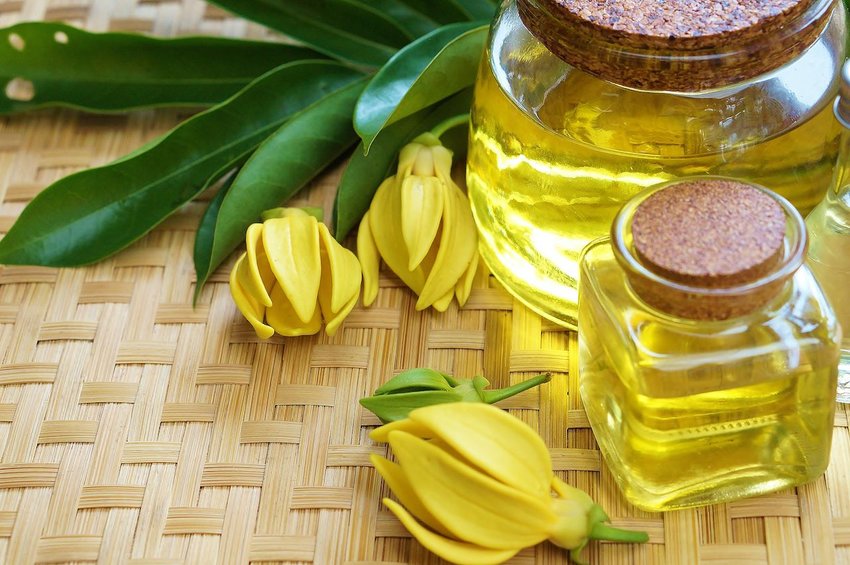
Suggested for: high blood pressure and depression
Steam distillation of the yellow, star-shaped flowers of the Cananga tree creates a potent essential oil. Because of its strength, some people find it can cause headaches or nausea, so it’s often combined with other essential oils before use. Nevertheless, it has its fans, particularly of the subtler, less pungent version known as Cananga oil. You’ll find this tropical species in countries such as Malaysia, Indonesia, the Philippines and India, as well as tropical Queensland in Australia.
Lemon, Sweet Orange, and Bergamot
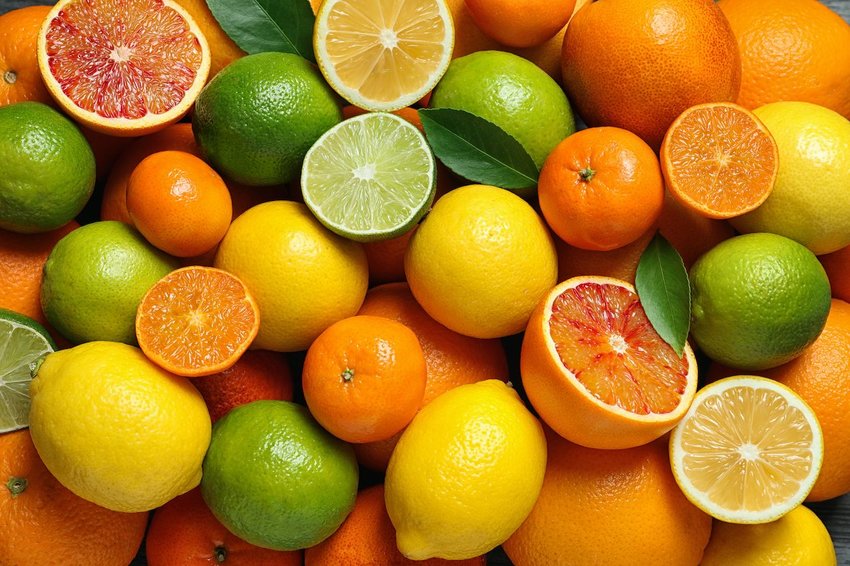
Suggested for: boosting moods and promoting energy
Essential oils from the citrus family have a zingy quality that can lift the spirits, making them popular choices for freshening a room. Most come from the rind of the fruit. According to this fascinating article from the BBC, we can trace all citrus fruits back to the foothills of the Himalayas. They spread from China, India and Burma because of climate change; now they’re associated with places as far afield as Florida and Italy. If the scent of bergamot seems familiar, you might be an Earl Grey tea drinker – the oil is what gives this type of tea its distinctive aroma.
The science is inconclusive, but so long as you’re doing no harm, you may feel you’ll gain from using them. I love the scent created by combining orange and bergamot essential oils. What about you? Let us know your favorite oils and combinations on Twitter or Facebook.
Photo: S O C I A L . C U T/Unsplash
